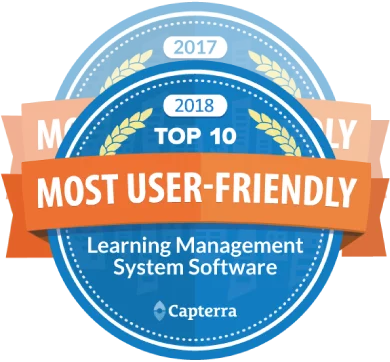The Skeptic’s Guide to Workforce Management eBook
How a Workforce Management System can Boost the Bottom Line

“If you can’t measure it, you can’t improve it.” ~ Peter Drucker
When most people think of management guru Peter Drucker, that quotes that come to mind are “What gets measured gets managed” or “you can’t manage what you can’t measure.” Drucker never said either of those, but they’re similar enough to the one quoted above he did say that you can see why he is credited for saying all of them. They’re all getting at the same concept: How can you achieve business goals if they aren’t clearly defined and tracked with metrics?
Of course, it’s a little more complex than that because any top-level business goal has to filter down through the organization and get translated into the actual productivity of your workforce. If your workforce isn’t benchmarked, measured, and tracked, how will you know if your workforce is doing what it needs to do make your company successful?
This may all seem rather obvious on the surface level, and yet you might be surprised how many businesses are essentially being run blindly. It can feel like you’re trapped in a giant maze and trying to find your way out but you’re not keeping track of where you’ve been. Maybe your business feels like that, but it doesn’t have to.
Why would we put together a resource called The Skeptic’s Guide to Workforce Management? We created this guide in order to give businesses like yours a clearer picture of what a workforce management system (WMS) can do for your company.
In this skeptic’s guide to WMS, we’ll explain the details of what a WMS can and cannot do for your company. Our goal with this guide is to show you how the right WMS really can boost higher productivity and the bottom line of your business. Do we think your company should have a WMS? Yes, we do, but only after understanding what it can and can’t do so your expectations align to what you’re going to actually get when you adopt one.


